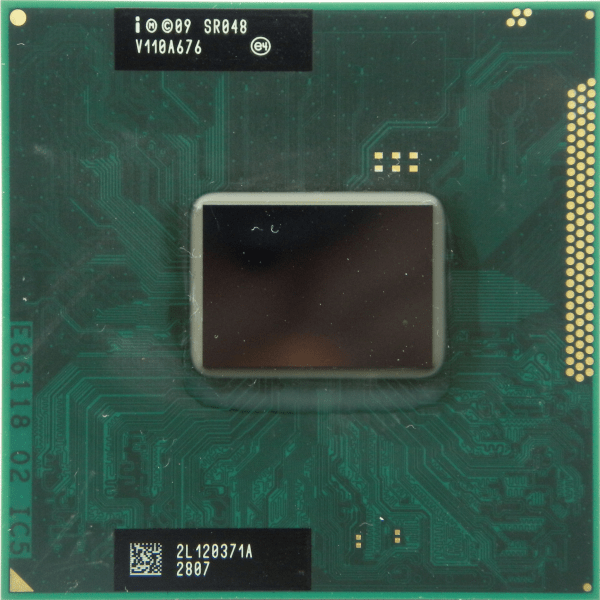

etc/modprobe.d/nf options i915 enable_guc=2 Set the i915.enable_guc kernel parameter, for example with:

Moreover, enabling GuC/HuC firmware loading can cause issues on some systems disable it if you experience freezing (for example, after resuming from hibernation).įirst, ensure that linux-firmware is installed. Warning: Manually enabling GuC / HuC firmware loading taints the kernel even when the feature is not supported. If GuC submission or HuC firmware loading is not enabled by default for your GPU, you can manually enable it. GuC functionality is controlled by the i915.enable_guc kernel parameter. The GuC and HuC firmware files are both provided by linux-firmware.

CBR rate control on SKL low-power encoding mode) require loading the HuC firmware as well. With regards to HuC support, some video features (e.g. To use this functionality, the GuC firmware must be loaded. Introduced with Alder Lake-P (Mobile), within Gen12. Using the GuC for scheduling, context submission, and power management.Only applicable if using intel-media-driver for hardware video acceleration. Offloading some media decoding functionality from the CPU to the HEVC/H.265 micro (µ) Controller (HuC).Starting with Gen9 (Skylake and onwards), Intel GPUs include a Graphics micro (μ) Controller (GuC) which provides the following functionality : (Discuss in Talk:Intel graphics#TGL/RKL GuC Submission) Reason: Despite Intel's documentation, Tiger Lake and Rocket Lake GPUs may actually support enable_guc=3, and have a default of enable_guc=1. For 32-bit Vulkan support, install the lib32-vulkan-intel package. For Vulkan support ( Ivy Bridge and newer), install the vulkan-intel package.Beside this functionality, this package is generally not recommended, see note below. For the DDX driver which provides 2D acceleration in Xorg, install the xf86-video-intel package.For 32-bit application support, also install the lib32-mesa or lib32-mesa-amber package from the multilib repository.This driver has better performance and stability for Gen 7 and older hardware. mesa-amber is the legacy Mesa package which includes the classic (non-Gallium3D) drivers for Gen 2 hardware and later.This is the recommended choice for Gen 8 and later hardware. mesa is the up-to-date Mesa package which includes the modern Gallium3D drivers for Intel's Gen 3 hardware and later.Install one of the following packages, which provide the DRI driver for 3D acceleration.See Xorg#Driver installation to identify your card.Intel's Gen N hardware does not refer to the generation of the CPU, it refers to the generation of the GPU, which is different from the generation of the CPU.PowerVR-based graphics ( GMA 3600 series) are not supported by open source drivers.


 0 kommentar(er)
0 kommentar(er)
